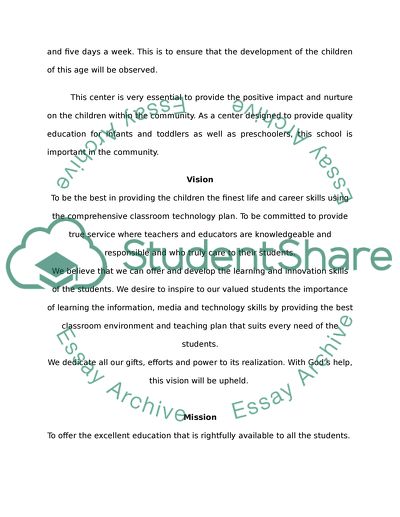Cite this document
(“Early Childhood Education Program Term Paper Example | Topics and Well Written Essays - 2250 words”, n.d.)
Retrieved from https://studentshare.org/education/1450275-comprehensive-proposal-for-the-development-of-an
Retrieved from https://studentshare.org/education/1450275-comprehensive-proposal-for-the-development-of-an
(Early Childhood Education Program Term Paper Example | Topics and Well Written Essays - 2250 Words)
https://studentshare.org/education/1450275-comprehensive-proposal-for-the-development-of-an.
https://studentshare.org/education/1450275-comprehensive-proposal-for-the-development-of-an.
“Early Childhood Education Program Term Paper Example | Topics and Well Written Essays - 2250 Words”, n.d. https://studentshare.org/education/1450275-comprehensive-proposal-for-the-development-of-an.


